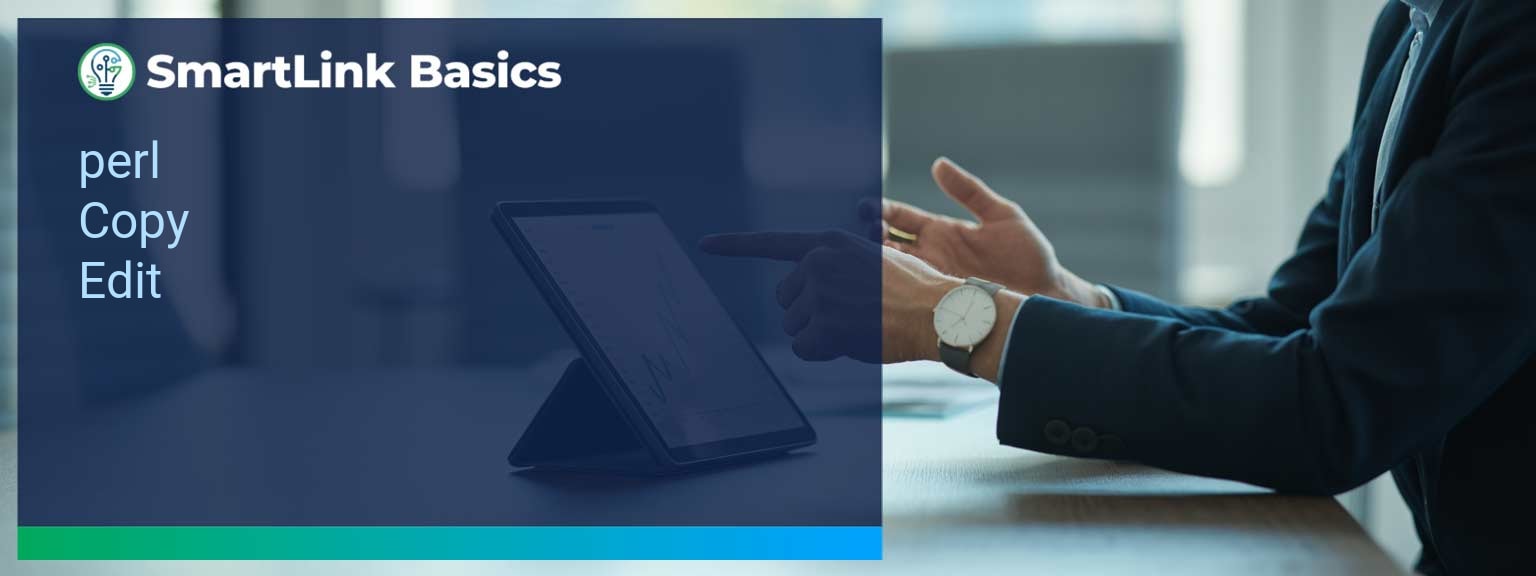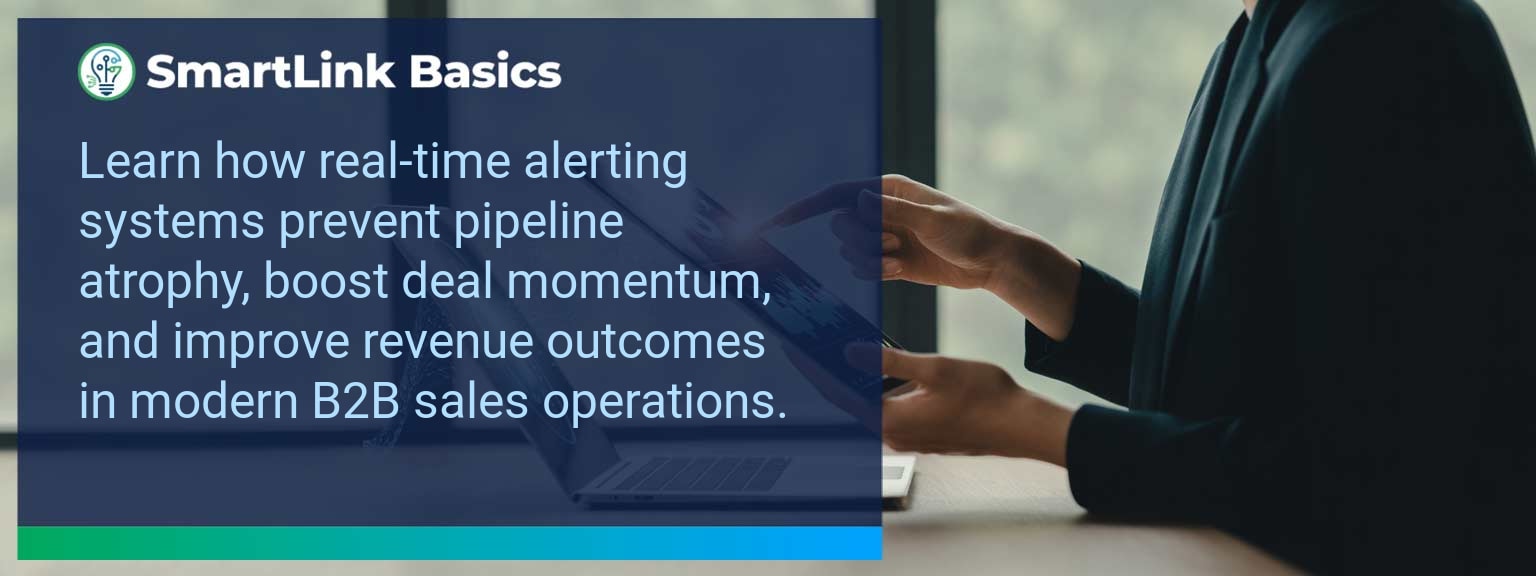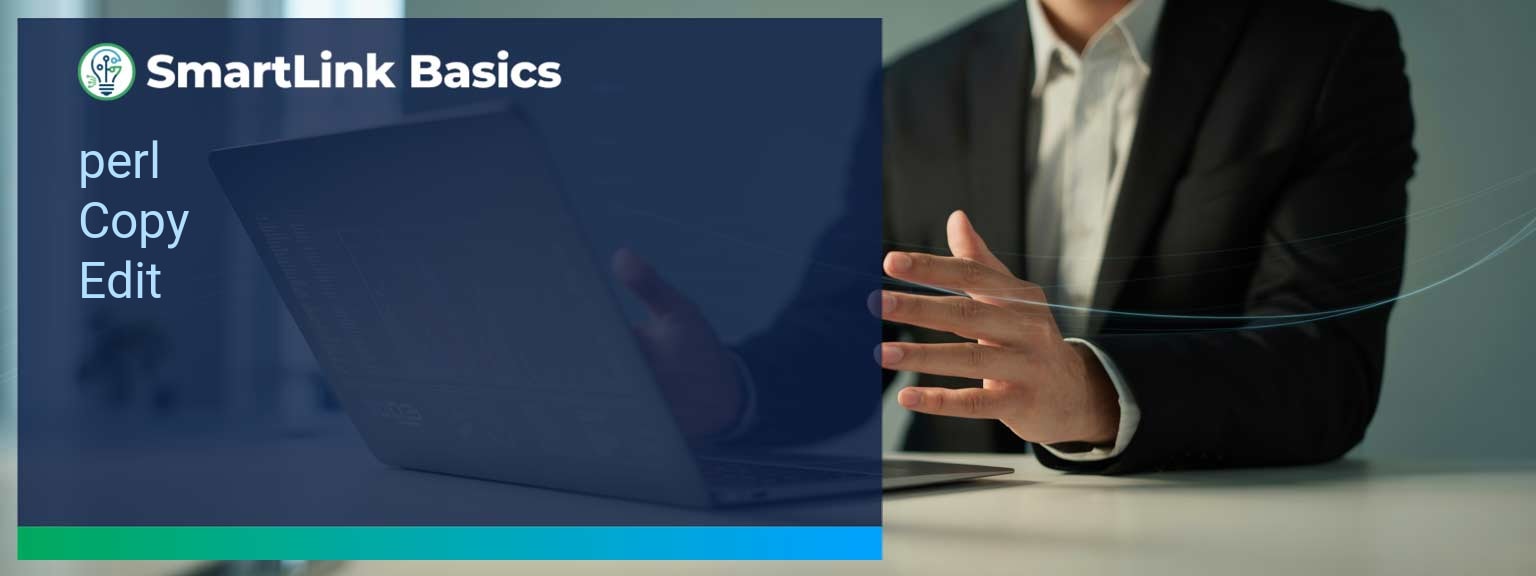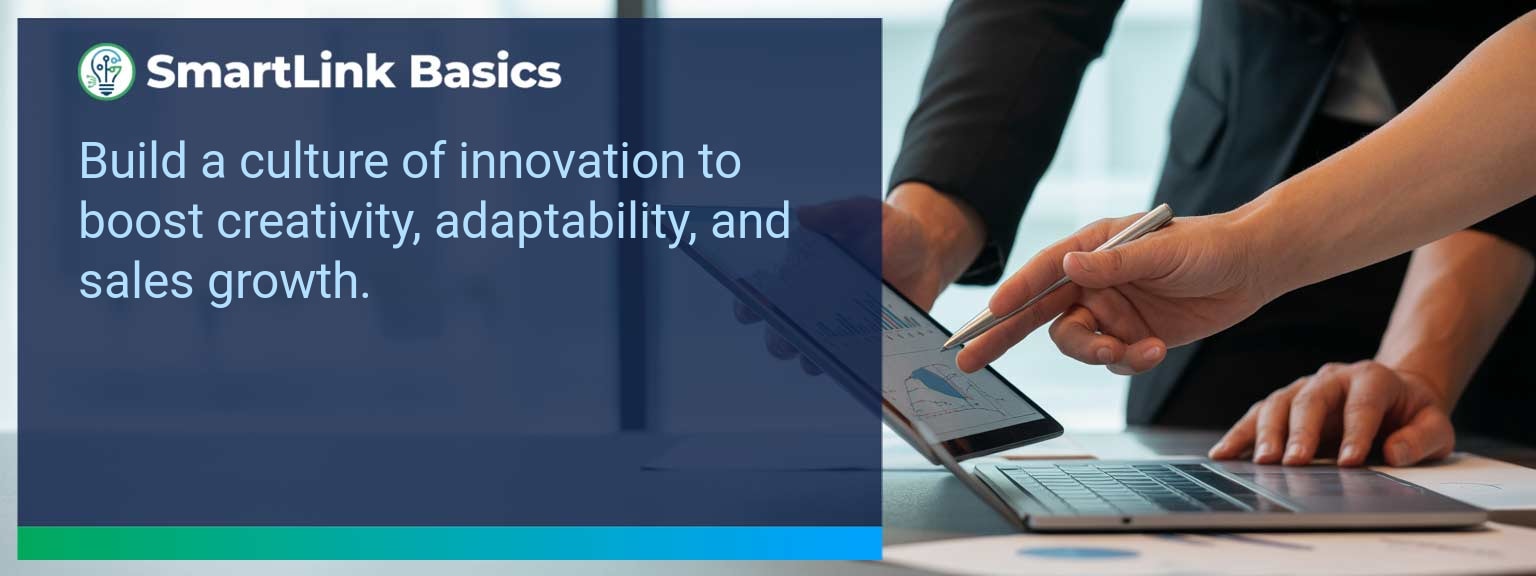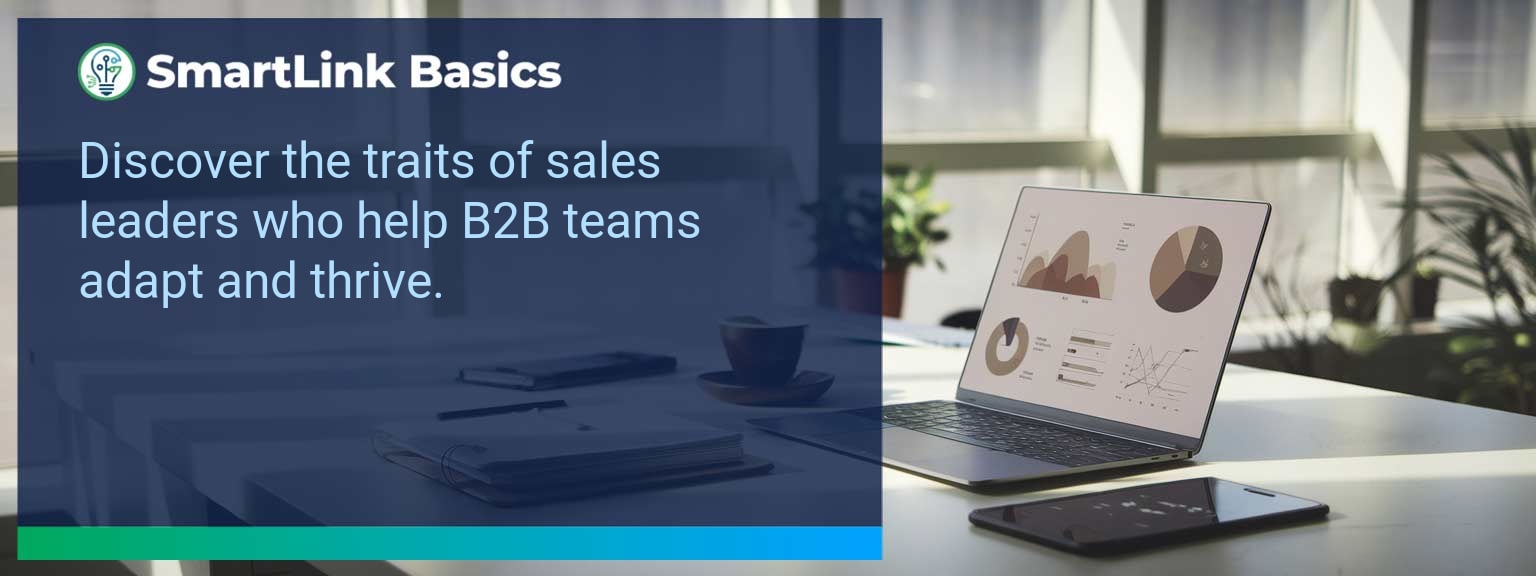Industry data shows that organizations adopting AI-driven automation achieve cost reductions of up to 30% while accelerating sales cycles by 20% or more (McKinsey, 2024). For sales leaders, AI automated workflows now define competitive advantage, enabling teams to reallocate time from repetitive tasks to high-value engagements. At SmartLink Basics, we help decision-makers implement these systems strategically, ensuring they integrate with existing revenue operations. In this article, you’ll see how AI automated workflows power business outcomes, the common obstacles that slow adoption, and practical steps to optimize processes. You’ll walk away with proven examples, a 90-day action blueprint, and measurable KPIs to track results.
- Automate repetitive administrative and CRM updates with AI.
- Integrate machine learning to personalize outreach at scale.
- Streamline approvals, quotes, and contract workflows for speed.
- Use predictive analytics to prioritize sales opportunities.
- Track adoption and performance with targeted metrics.
AI Automated Workflows: What Changed and Why It Matters
AI adoption has shifted from experimental to operational, making automated workflows a standard in high-performing sales organizations. The real advantage lies in combining workflow automation with artificial intelligence workflows to optimize every step of the revenue process. Sales leaders now use AI to synchronize touchpoints, reduce manual inputs, and ensure faster execution. For example, a B2B SaaS leader introduced automated lead enrichment and routing, cutting qualification time by 60%. Actionable insight: Audit processes for time-intensive handoffs and apply AI where repeatability is high.Redesign the Revenue Operating System With AI Automated Workflows
ICP, Segmentation, and Targeting AI-enabled segmentation uses historical wins, firmographic, and behavioral data to dynamically update ICP profiles. This ensures targeting precision without quarterly re-work. Pipeline Architecture Automated workflows push opportunities through the right stages based on engagement signals. AI flags at-risk deals for intervention. Plays and Messaging Integrated automation tools deliver personalized sequences based on buyer activity, increasing relevance at every touchpoint. Operating Cadence AI schedules follow-ups, forecast calls, and account reviews based on actual pipeline movement rather than static calendars. Actionable insight: Implement automation that adapts in real-time to both internal and buyer-driven events.Common Obstacles To Achieving Seamless Automation
The most frequent challenges are fragmented systems, inconsistent data quality, and cultural resistance. Without a unified data layer, automation amplifies errors rather than solving them. Coca-Cola Europacific Partners reported needing a full data governance upgrade before AI could improve sales workflows. Leaders must first assess infrastructure readiness and train teams to trust AI-influenced recommendations. Actionable insight: Before deployment, establish clean data practices and a single source of truth.Implementing AI To Optimize Workflows
Effective deployment of AI process optimization starts with mapping current-state processes, identifying friction points, and matching them with automation tools. For example, automating proposal generation based on CRM opportunity data can reduce turnaround from three days to one hour. Solutions combining business process automation platforms with machine learning integration enable continuous performance improvement. Actionable insight: Pilot in one high-impact stage, measure, and then expand.Tangible Benefits From Automated Processes
The benefits extend beyond time savings — sales leaders gain a scalable system. Tangible outcomes include faster quote-to-close, higher lead conversion, and better forecast accuracy. A manufacturing firm implemented AI-assisted order processing and cut errors by 40%, improving on-time delivery rates. Actionable insight: Track both speed and accuracy to measure workflow automation effectiveness.Metrics That Matter
| Category | Metric | Definition | Target |
|---|---|---|---|
| Leading | Workflow Completion Rate | % of automated sequences executed without manual intervention | 95%+ |
| Leading | AI Suggestion Adoption Rate | % of AI-generated action recommendations executed by reps | 80%+ |
| Lagging | Cycle Time Reduction | Decrease in time from lead entry to closed-won | 20%+ |
| Lagging | Revenue Per Rep | Average sales revenue generated per sales rep per quarter | +15% YoY |
| Quality | Automation Error Rate | % of workflows that trigger incorrect outcomes | <1% |
| Quality | Customer Satisfaction Post-Automation | Average CSAT score after automation implementation | ≥ 4.5/5 |
Innovations And Next Steps For AI Automation
Emerging capabilities like AI-generated playbooks, intent-driven dynamic routing, and integrated AR for virtual product demos are shaping the next wave of sales automation. Companies integrating these tools early will outpace competitors in speed and personalization. Actionable insight: Stay ahead by testing emerging automation features quarterly and aligning them with evolving buyer expectations.Get the 90-day plan, coaching rubric, and dashboard template to operationalize AI in your enablement program.
Turning AI Automation Into a Revenue Multiplier
AI automated workflows are now a strategic lever for predictable, scalable growth. This guide outlined current applications, adoption challenges, a 90-day execution plan, and measurable success criteria. To make automation pay off, sales leaders should integrate tools into one cohesive operating system and review results monthly for continuous improvement. Access more AI-driven sales enablement resources from SmartLink Basics to design a high-performance automation strategy. Revenue acceleration in high-performing sales organizations rarely happens by chance. SmartLink Basics research shows that teams with a formalized, tech-enabled sales leadership framework outperform their peers by up to 32% in annual revenue growth. As competitive pressures rise, sales leadership strategies must integrate structured playbooks, precise performance metrics, and targeted coaching to consistently hit ambitious targets. This article delivers a clear blueprint for sales leaders seeking operational clarity, higher win rates, and a measurable uplift in team performance. You will learn how to remove bottlenecks, deploy effective sales team management practices, apply proven sales growth tactics, and create performance improvement cycles that consistently deliver results.- Align sales leadership strategies with clear revenue growth objectives.
- Use data-driven sales team management to identify and close performance gaps.
- Implement sales enablement tools to standardize plays and track execution.
- Measure results with both leading and lagging performance metrics.
- Continuously adapt operating cadence to market and buyer behavior shifts.
Overcoming The Barriers To Sales Success
The most common hurdles facing sales leaders include fragmented processes, misaligned team priorities, and inconsistent pipeline quality. Without an integrated sales leadership strategy, revenue forecasts often fall short due to missed opportunities in targeting and execution. One real-world example is a technology firm that suffered quarter-over-quarter declines despite having experienced sellers. A diagnostic revealed that their deal qualification process lacked rigor, leading to bloated but low-quality pipelines. By restructuring and enforcing qualification criteria, win rates improved within a single quarter. The actionable approach is to first audit your team’s operational flow, identify redundant steps, and establish a standard decision framework that aligns with revenue growth objectives.Implementing Effective Sales Leadership Strategies
Strong sales leadership strategies are anchored in precise targeting, disciplined execution, and constant performance optimization. This involves re-engineering the revenue operating system to ensure every part of the sales cycle is deliberate and measurable. ICP, Segmentation, and Targeting: Define your Ideal Customer Profile and segment them by value potential. A focused targeting approach improves resource allocation and increases win probability. Pipeline Architecture: Design a balanced pipeline with stage definitions, conversion goals, and deal velocity targets to prevent bottlenecks. Plays and Messaging: Standardize high-impact plays and messaging frameworks for consistent execution across all reps, supported by sales enablement tools. Operating Cadence: Establish a predictable rhythm for deal reviews, coaching, and forecast validation to maintain operational discipline.Measuring Growth And Team Performance
Tracking the right mix of leading, lagging, and qualitative metrics is essential to sustained sales performance improvement. Many teams over-index on closed revenue alone, missing early indicators that can prevent shortfalls. For example, if opportunity-to-meeting conversion rates decline, this signals a prospecting quality issue long before quarterly revenue suffers. Incorporating both quantitative and qualitative insights helps sales leaders proactively address root causes.| Category | Metric | Definition | Target |
|---|---|---|---|
| Leading | Meetings Set | Qualified meetings booked with target prospects | +15% QoQ |
| Leading | Proposal-to-Close Ratio | Percentage of proposals won | >35% |
| Lagging | Quota Attainment | % of sellers achieving quarterly targets | >80% |
| Quality | Sales Call Quality Score | Coach-assessed engagement and value delivery on calls | ≥4/5 |
The Next Evolution Of Sales Leadership
The next phase of sales leadership emphasizes precision over volume, personalization over generic outreach, and enablement tools that enhance—not replace—human performance. Sales coaching will remain central, with leaders using collaborative technology to track skill progression and adapt strategies dynamically. Emerging practices include real-time performance dashboards, cross-functional revenue war rooms, and advanced segmentation models that enable hyper-targeted sales growth tactics. Sales leaders who leverage these shifts stand to build resilient, high-output teams capable of delivering record-breaking performance year after year.Get the 90-day plan, coaching rubric, and dashboard template to operationalize AI in your enablement program.




